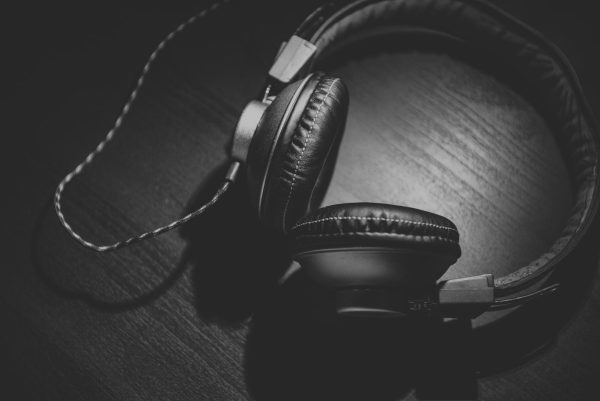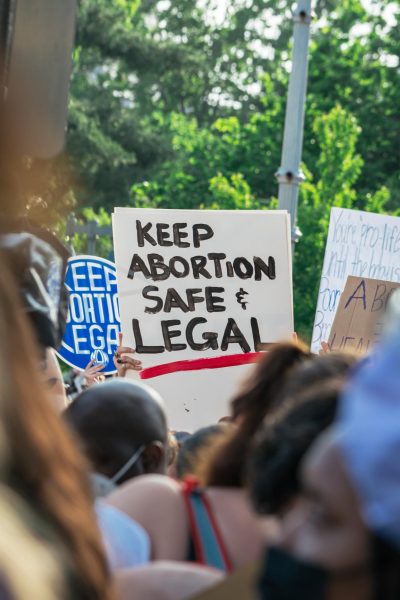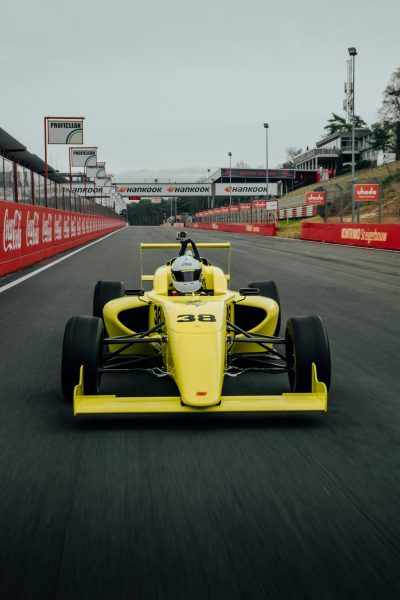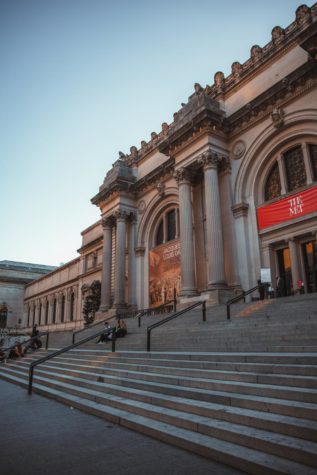The Two Faces of Social Media
December 22, 2015
“OMG, let’s take a selfie!” “LOL, I was, like, dying over her picture on Instagram.” “WTH, did you see his tweet…” “Hey, let’s do a follow-for-follow!” Social acronyms, selfies, tweets, Instagram – they’re all intrinsic to the post-millennial generation where LEDs and likes are our drugs. We’ve become the followers and not our own leaders, with filters on every picture not letting see what’s really going on behind the scenes.
According to the National Alliance on Mental Health, fifty percent of all lifetime cases of mental illness begin by age fourteen and seventy-five percent by age twenty-four, and it’s saddening. During the tender years of teen-hood, so many kids’ self-esteem is measured by the number of hearts on a screen or comments per picture. This also calls attention to the fact that almost everything on social media is edited – filters, effects, captions; barely anything is purely natural. “Yeah, I think teens try to edit their pictures a lot and worry about how they look, or the number of likes they get,” says sophomore Ariel Gootkin, who goes on Instagram regularly. However, more disheartening is the fact that thirty-nine percent of social media users have been cyber-bullied in some way, while twenty-two percent of teens who don’t use social media claim that they have been bullied. In this age of memes and parody accounts, bullying can come in a variety of ways: outright malicious comments, edited pictures, and anonymous accounts – especially ask.fm.
However, there are two sides to every story. In this social media phenomenon is a certain beauty in that our world has become a plethora of connections from state to state, country to country, and continent to continent. News travels at rapid speeds, notifying many with a simple “ping” on their devices. When social media is used for good purposes, great changes can be made. The ALS Ice Bucket Challenge is a beautiful example of that, where it gained momentum from notable figures like Bill Gates and Jennifer Lopez. In the end, it raised, according to Business Insider, a whopping two hundred million dollars. Aside from the occasional, “#yolo, #turnup,” hashtags have become a medium to spread messages and movements. For example, #ICantBreathe, Eric Garner’s last words while he died in a police officer’s choke hold, catalyzed the Internet’s movement against police brutality. These words, to many, symbolized the suffering so many African Americans undergo in the face of racial bias, and as this hashtag spread, so did the fight for racial equality.
So, it’s clear that social media is a bit two-faced. On one hand, some apps and sites hide behind a wall of deceit, brutally crushing teenagers’ confidence. However, it has the monumental power to communicate ideas in less than a second, letting its users spread powerful messages and movement to a huge audience. But, while social media can have some good intents, remember to take a break from looking at your screen 24/7; there’s another world out there, and it doesn’t involve likes, followers, or filters.












